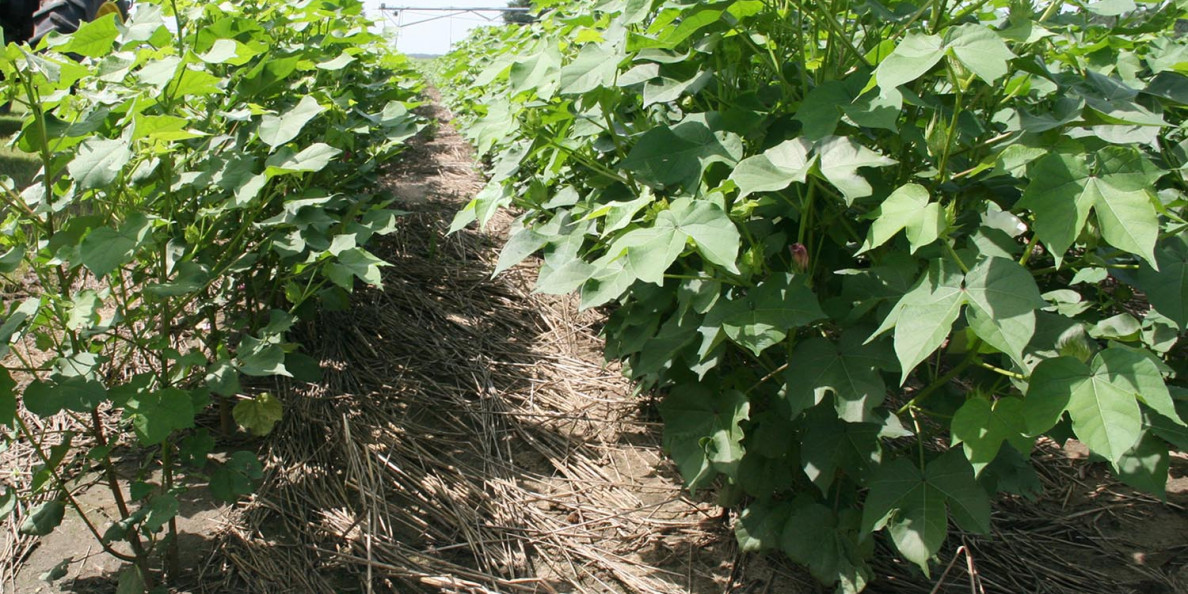By: Doug Edlund
Cotton is a major crop grown in the southeast and, after harvesting, there is very little residual biomass. Without a crop covering the ground, there is an increased amount of soil exposure that can lead to erosion from winter rains and runoff. No-till agriculture was steadily adopted by producers as a way to save topsoil and reduce soil erosion in their fields. Cover crops, such as winter wheat were also added to the mix by some producers to enhance the benefits of no-till production.
The study, published in November 2017 in Agronomy Journal, was the brainchild of the late Don Tyler, a renowned UTIA soil scientist who was interested in how no-till and cover crops may help reduce erosion.
“Back in the 1980s, he saw that this was a potential problem down the road and set up an experiment in Milan, TN, to see how no-till and cover crops can impact cotton yields,” said Chris Boyer, the paper’s lead author and a UTIA associate professor of agricultural and resource economics.
The team looked at the data from the past 29 years to determine whether it is profitable to include cover crops in an erosion management strategy. They found that while cover crops can cut into profitability over the short term, there are a number of benefits over long-term adoption. “The benefits are accumulated benefits, and it takes a number of years of this practice before you see them,” said Boyer.
The study found that conventional tillage practices result in higher profits than no-till practices. However, continuous no-till planting reduces risk exposure by decreasing yield variability.
In addition, a number of environmental benefits may be realized through the adoption of no-till practices along with cover crops, primarily in decreased soil erosion. “While the study didn’t measure environmental impacts, it is a very valid reason for producers to adopt no-tillage and or cover crops,” said Boyer.
Boyer says that data sets covering such a long period of time are very unusual in research projects. “Our approach of looking at the problem from a long-term financial standpoint was really unique to what other studies have done. It was the genius of Don Tyler and his foresight that have us such an incredible data set to examine,” said Boyer.
The research team includes Boyer and his colleagues Dayton Lambert and James Larson, also of the UTIA Department of Agricultural and Resource Economics. Tyler is also listed as a co-author.


